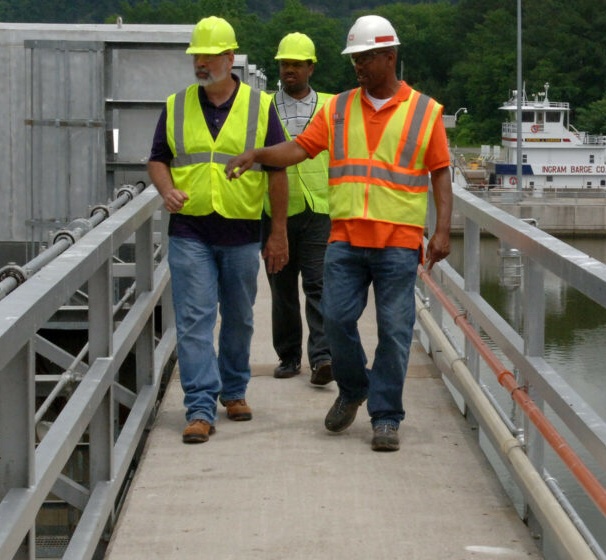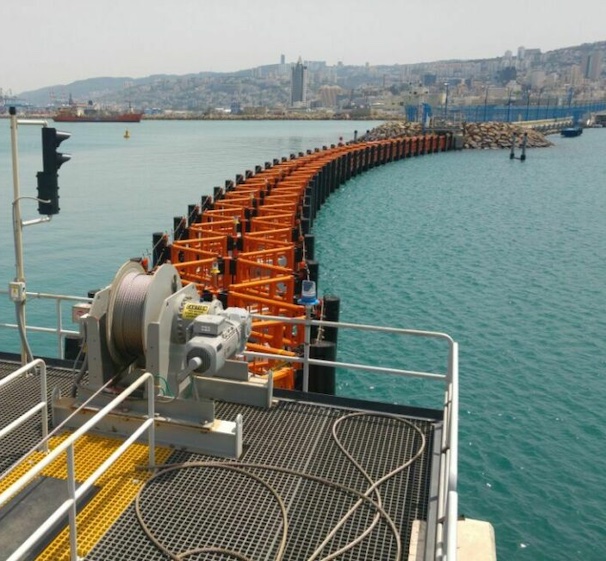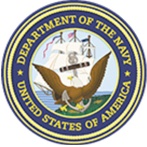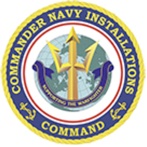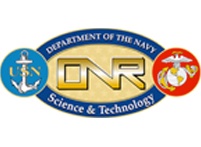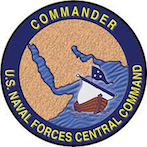February 17, 2014
Advanced technology rules the day in modern warfare—yet one very real threat to the U.S. Navy comes from a simple but deadly enemy strategy: small speedboats laden with explosives ramming into ships in harbor.
Now a new maritime security barrier, developed with support from the Office of Naval Research (ONR), could provide a quantum leap in existing sea-port protection.
The new system is called the HALO Barrier, named after HALO Maritime Defense Systems, the company behind the new barrier development.
Navy sources say these barriers offer far greater stopping capacity against speeding attack vessels, require less manpower to operate and could show significant cost avoidances over time compared to existing systems.
“There is a real need for improved security for our sailors and Marines in ports around the world and here at home,” said Hal Oakley, program lead at Commander, Naval Installations Command (CNIC).
In many ports used by Navy vessels, experts say, there is not a lot of space between the existing barriers and ships, due to limited water space and the movement of commercial and private vessels. In one test of the current barriers, an attack craft was “caught” by the barrier lines but still got dangerously close to the target ship itself.
The HALO barrier, by contrast, can be deployed closer to ships while providing increased protection capability. And, in a series of dramatic tests late last year, speeding attack craft were stopped instantly, remaining at a safe distance from the ships.
“The effort to create an advanced port security barrier has been positively heroic, from folks well aware of the dangers posed by small attack craft in ports,” said Craig Hughes, deputy director of research at ONR.
The cost avoidances from using the HALO barrier come from reduced man-hours needed, and lower maintenance costs. It can be operated by only one or two people, versus the current systems that require large teams, long hours and armed protection to open and close barriers for incoming vessels.
“The cost of maintenance and manpower required to operate the current port security barriers, just in opening and closing the barriers alone, is astronomical,” said Oakley.
The next tests will take place in the March-April timeframe, with the goal of bringing the barriers into acquisition in fiscal year 2015.
“This is a combination of great ideas, emergent technology and meeting a critical need,” Hughes added. “There’s a tremendous partnership story here as well, including close coordination between ONR and CNIC—with phenomenal support from Aberdeen Proving Ground and the Combating Terrorism Technical Support Office.”
